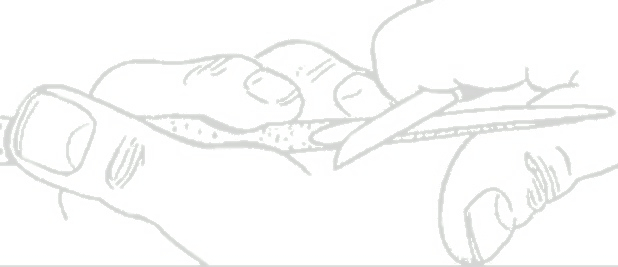After several tears worth of teaching newer carvers I have settled on the knife as a good first introduction to wood carving. For most this would be called Whittling". I start out with knife safety, followed by sharpening and blade maintenance. I teach three basic knife cuts; STOP CUT, PUSH CUT, and PARING CUT.
I supply blanks cut from Basswood. These blanks vary in thickness from 1/4" to 1". I use the SIMPLIFIED FLAT PLANE STYLE.
Here is a typical first teaching project.
SCOTTIE DOG
As one will notice, The knife cuts are all straight line cuts. The cuts are either the result of a STOP CUT, PUSH CUT, or a PARING OR PULL CUT. You should also notice that this dog is small. When teaching beginners I will usually prepare the blank with a "handle".
The ARROWS on the pattern indicate the direction of the grain.
To prepare the learners for this project, I usually have them practice the STOP CUT, PUSH CUT, AND PARING/PULL CUT on a scrap piece of Basswood. Be sure to include practice with the GRAIN and against the GRAIN.
After a bit of demonstration followed by practice making short corner stop cuts on scrap it's time to move to a blank. The following photo shows the eight (8) stop cuts necessary for the Scottie dog. These stop cuts are illustrated by the red lines.
There are any number of animals that lend themselves to the SIMPLIFIED FLAT PLANE whittling style.








No comments:
Post a Comment